Gardening Jobs for June
Gardening Jobs for June

Although June encompasses Midsummer Eve it is, for the green-fingered among us, the first month of the summer gardening calendar. With it comes no more risk of frost in most gardens and the long-awaited opportunity to plant out bedding and hang up those preciously nurtured baskets to prepare for a carnival of colour and verdancy to unfold.
Checklist
Take annuals and half-hardy perennials outside
Collect and sow seeds from biennials
Tidy the foliage
Tie in climbers
General Maintenance
Trim shrubs and clip hedges
Mow lawns
Pond maintenance
Plant up/out exoting plants
Annuals & Half-hardy Perennials
A wide range of annuals and half-hardy perennials can now be taken outside without further protection from the cold. Remember to harden them off if the weather has not warmed up properly yet though as nights can still be chilly. They will also need regular watering and feeding to maintain the nutrient content of the soil once the initial compost stores have been depleted. It is important to cut sweet peas to encourage further flowering and snip off any seed heads that have appeared surreptitiously to ensure that all the energy goes into providing those gorgeously scented flowers for you. Keep deadheading your annuals to encourage continual flowering and tidy any fading leaves and keep them looking their best.
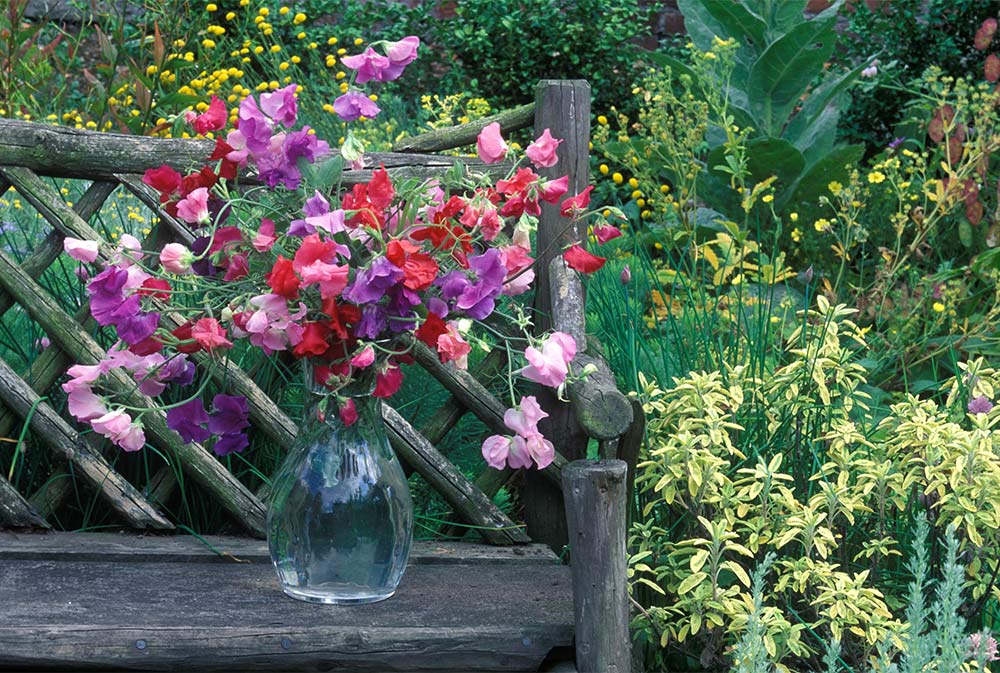
Biennials
Early flowering biennials will be blooming and setting seed now – these seeds can be collected and sown ready for more plants next year. Either snip of the complete seed head into a paper bag or tie a paper bag onto the seed head (in dry conditions) and shake of the seed as it is produced. Oh, and write the name of the plant on the bag first so that you know which seeds you have!

Bulbs, Rhizomes Etcetera
Spring bulbs will have faded now, and their leaves should have died back – this means it is fine to tidy away the spent foliage and (if you choose to) lift the bulbs. Once lifted, leave them to dry for 24 hours before netting them up and storing them somewhere cool and dark, ready to plant out again in Autumn. If you are happy to leave them in the soil then simply clear away the faded foliage and, perhaps, plant up the space left with some annuals, taking care not to damage the bulbs underneath. You can also divide any large clumps of bulbs such as bluebells, snowdrops and daffodils now. Bearded iris will be flowering in June – remember to snip off the individual blooms as they fade to keep them at their best. Those that have flowered already can be divided at the end of the month if needed. You will also need to continue watering and feeding regularly as appropriate and, if you have not done so already, stake taller plants such as dahlias to prevent wind damage.
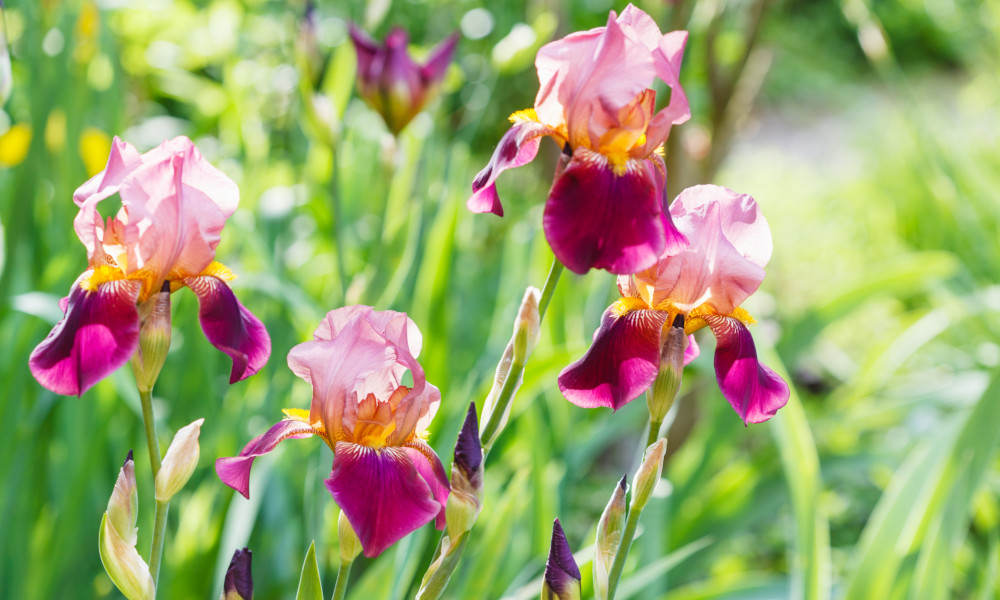
Climbers
Climbing and rambling roses will benefit from being horizontally tied-in to promote new, flowering shoots for an abundance of these beautiful, traditional favourites. Dependent upon where you live in the UK you may be tidying up and lightly pruning Group 1 clematis and wisteria this month - wait until the flowers have faded to do this and, where necessary, leave this job until July.
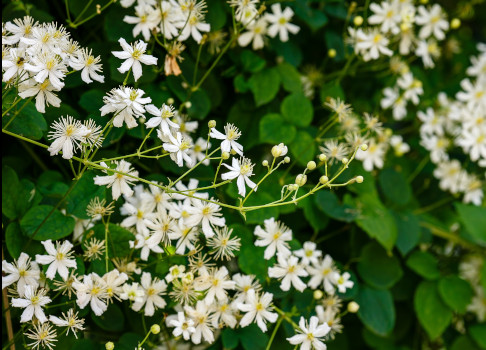
General Maintenance
As well as regular feeding and watering it is wise to keep on top of the weeds if you can – your cherished plants should not have to compete with them for space, nutrients and water. It is best to hoe weeds in the borders on hot and sunny days so that they shrivel and die on the soil surface, others can be dug out or pulled when seen. Spot check for signs of snail or slug damage and use grit around susceptible plants such as Hosta rather treating with slug pellets (which are not wildlife friendly). Any that you do find can be selectively culled or there are birds and hedgehogs who will welcome a free a snack if you are able to temporarily relocate them out of harm’s way. Pick off any unwelcome predators such as lily beetle or cabbage white butterfly eggs from the undersides of leaves to prevent them dining on your carefully nurtured plants.

Hardy perennials, shrubs and trees
As well as the daily deadheading of continual flowering roses (unless you want to keep the hips for autumn interest) many spring flowering shrubs can be trimmed into shape now. There are too many varieties to list here so do check guidelines for each specific plant first, but the rule of thumb is to trim after flowering – this has the added benefit of clearing away the spent blooms too. Once hardy geraniums and delphiniums have finished flowering later in June cut them back hard and you may well get a second flush of flowers later in the year. Any box bushes or hedges will also benefit from a light clip now and if you are feeling adventurous you could even try some topiary - it is great fun and adds a real ‘wow’ factor to your garden.
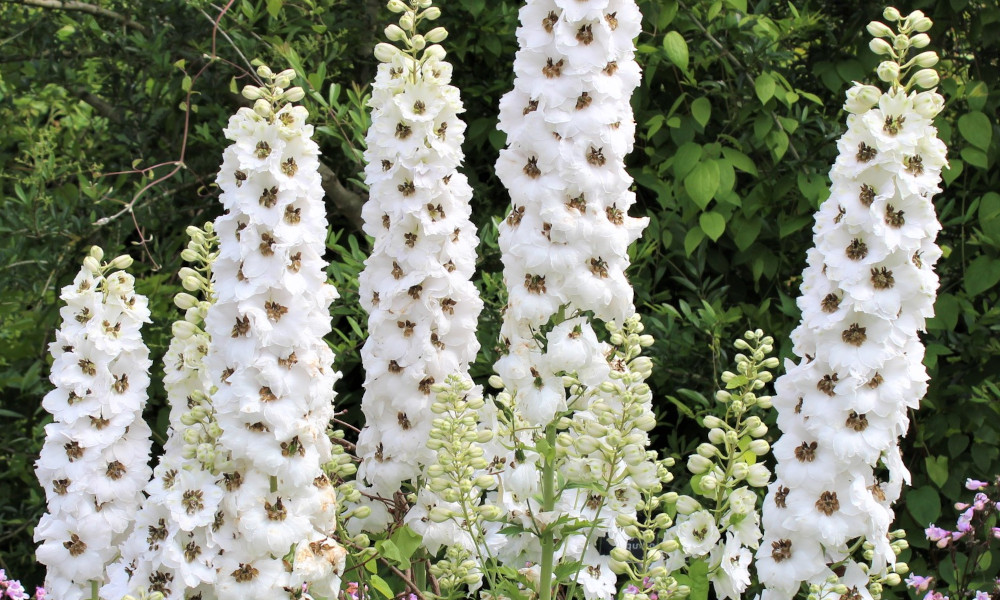
Kitchen Garden
Continue with succession sowing according to your needs – lettuces, radishes and French beans are favourites here and we like to ensure a continual supply of herbs too. Pick strawberries, tomatoes and other fruit as soon as they ripen – freeze, preserve or gift what you cannot eat to avoid waste. Tender plants like courgettes, tomatoes and sweetcorn can be planted out now. Tomatoes and courgettes will need support if growing vertically and require regular, consistent watering to produce better crops and avoid issues such as blossom end rot. If you have planted potatoes continue to earth them up to prevent the tops turning green from exposure to sunlight and, of course, harvest and enjoy those varieties that are ready to eat now. Finally, if you have a greenhouse, apply some form of shading (either as net or a propriety ‘painted on’ formula) to prevent scorch and overheating.
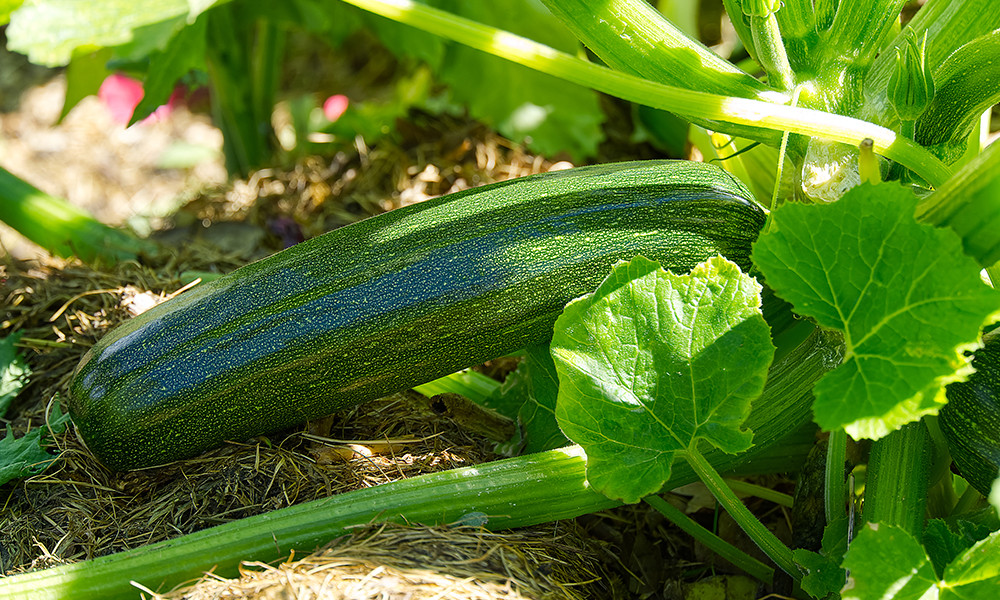
Lawns & Hedges
If birds are no longer nesting, then it is safe to give your hedges a light trim (particularly if they are growing too bushy or straggly). Lawns will need mowing on a weekly basis but if you can find even a small area that you are able to leave longer then the wildlife will hugely benefit. In times of drought, it is advisable not to use a sprinkler on your lawn if you can avoid it - rest assured, it will quickly recover once it rains. When it is particularly dry – you may even find that lawn growth stops completely and there is no need to mow at all. You might like to take this extra time to install more water butts to capture as much of the rain as you can for the garden – bear in mind some ericaceous plants such as blueberries and rhododendrons prefer it to treated water.

Ponds
Monitor water levels and top up your pond at least weekly as appropriate. Continue to remove blanket weed and algae to ensure that the pond remains healthy. If space allows plant some marginals such as arum lilies or iris to add floral extra interest.

Tender Exotics
Now is the time to plant up (or plant out) your exotic looking plants. Bananas can be kept in pots or put directly into the ground now (although the non-hardy ones will need lifting again later in the year). The same goes for cannas – which offer a hint of hotter climbs to borders with their large leaves and vibrant flowers. We have an extensive range of Canna Cannova available for you which are half-hardy and flower more readily in our cooler climate without compromising on the vibrancy of their blooms and rich velvety green of their foliage. Tender ginger plants, Ricinus, Amaranthus can also be hardened off and planted out for summer in June. Whilst these plants can be daunting to some – perhaps start with 1 or 2 and discover how straightforward they can be to care for and how many positive comments they attract.
Finally, remember to relax at times and enjoy the sights, sounds and smells of your garden too. Elder are in bloom in June so you could even make yourself a batch of elderflower cordial (or champagne) to sip on a sunny evening – whilst you forward plan future planting (with the Hayloft catalogue or website of course).






